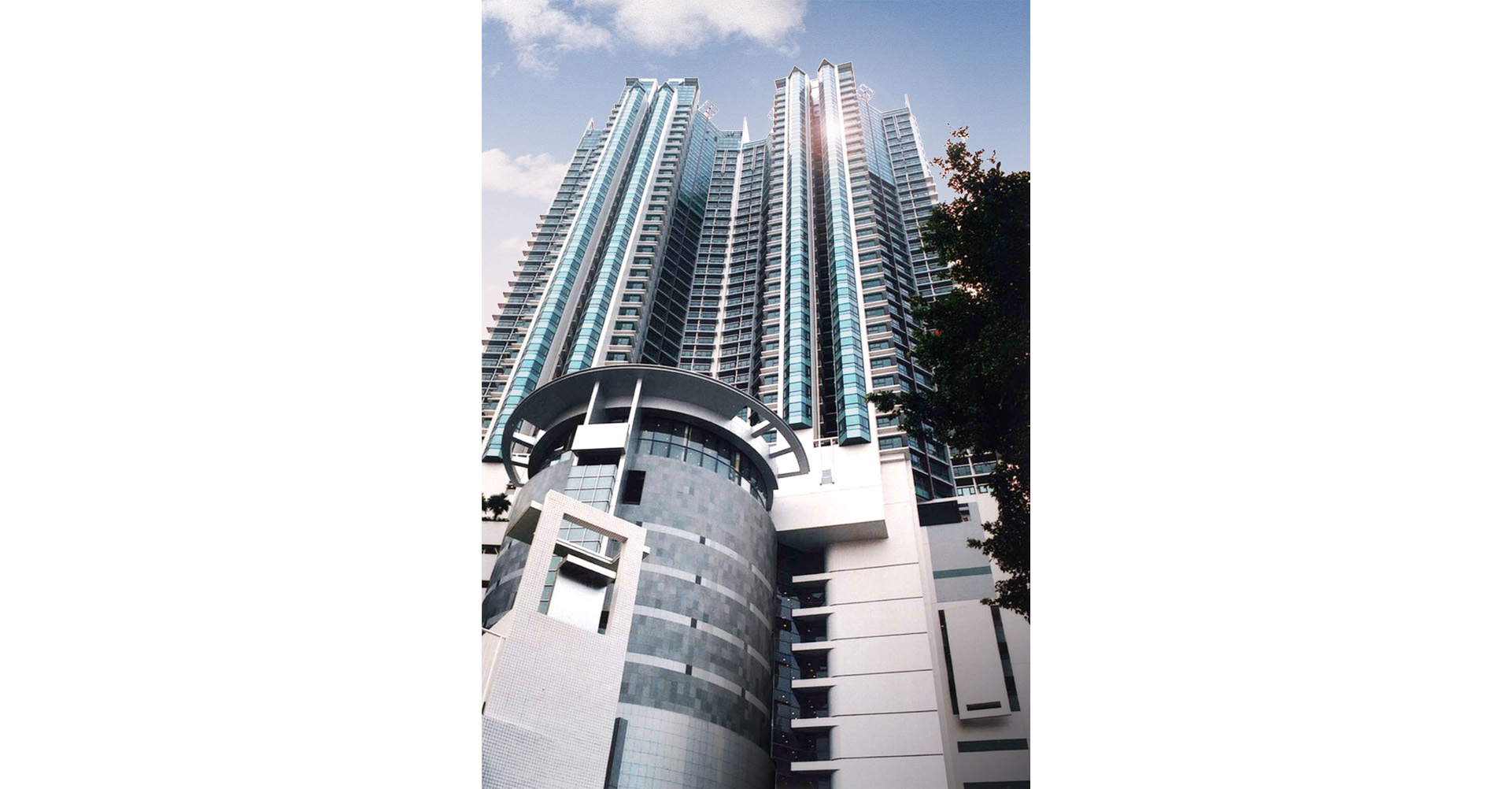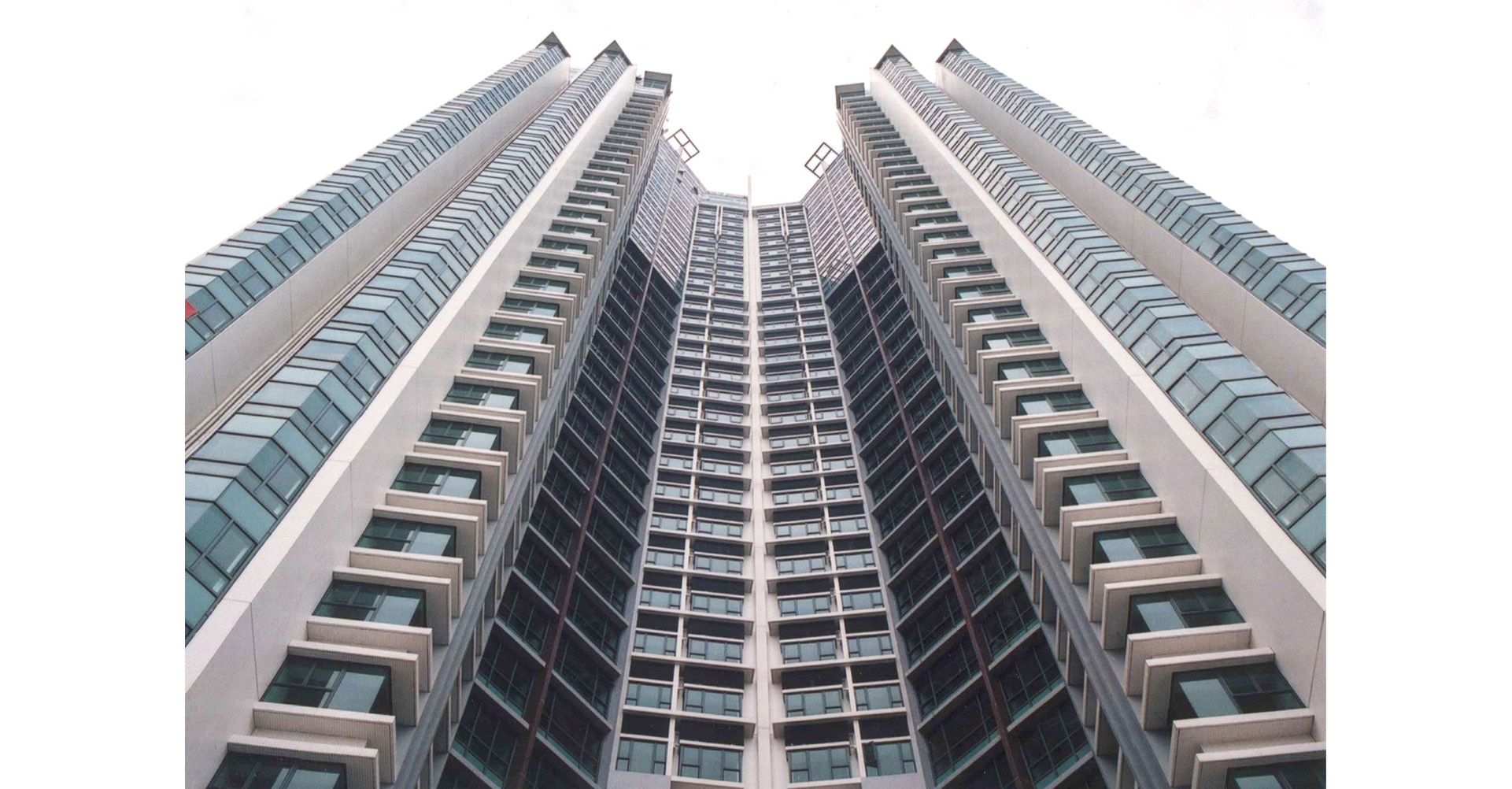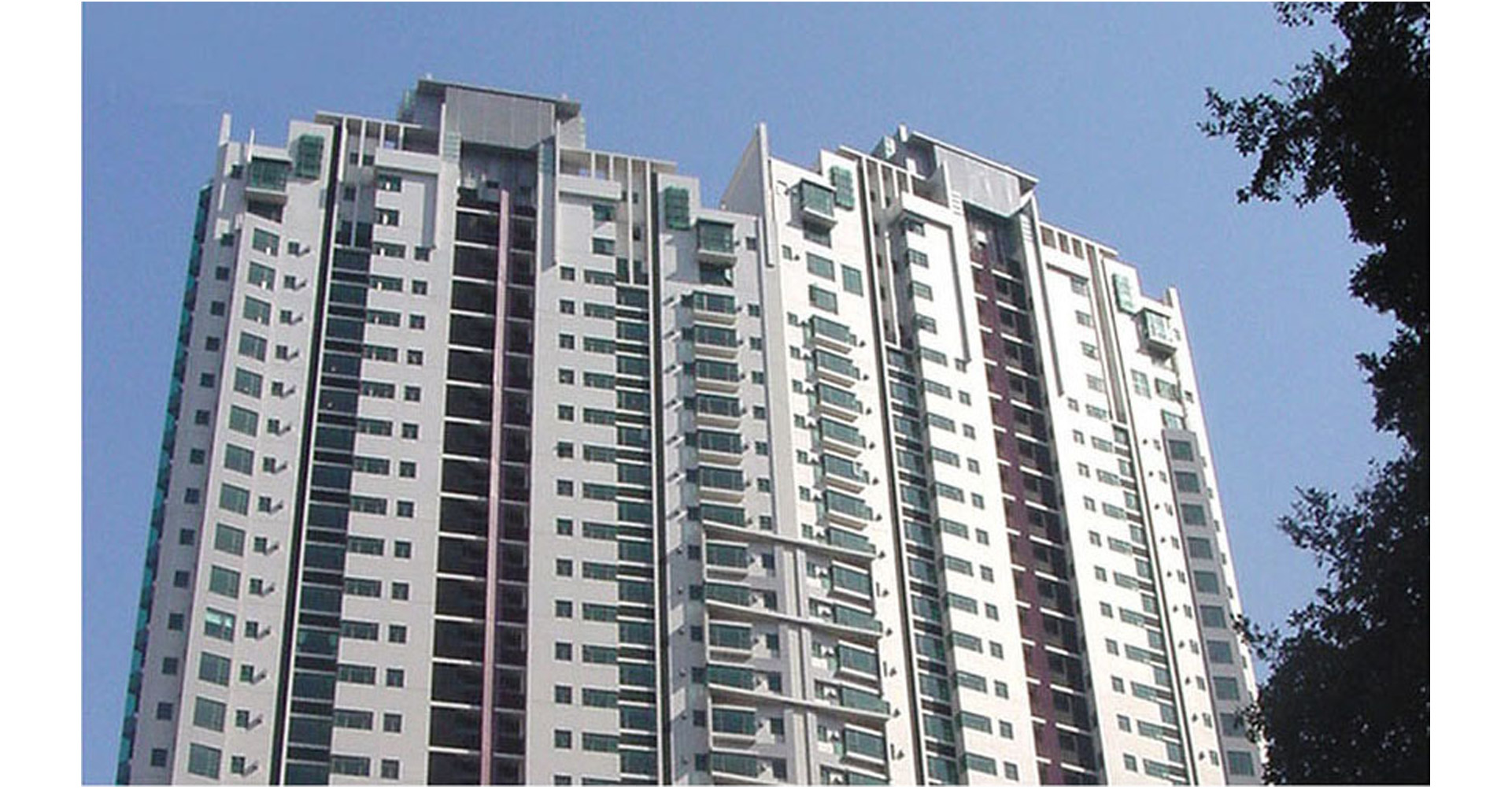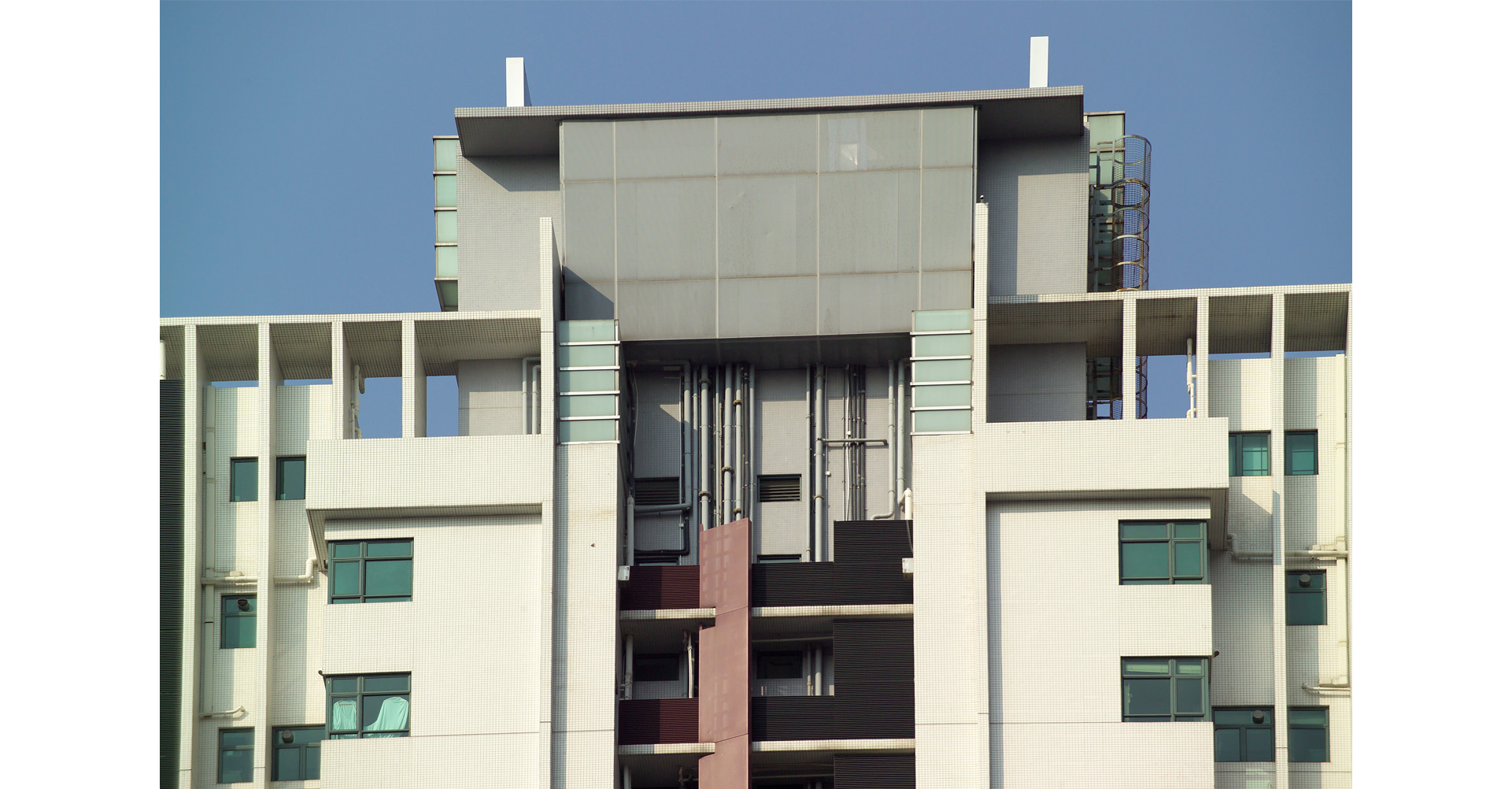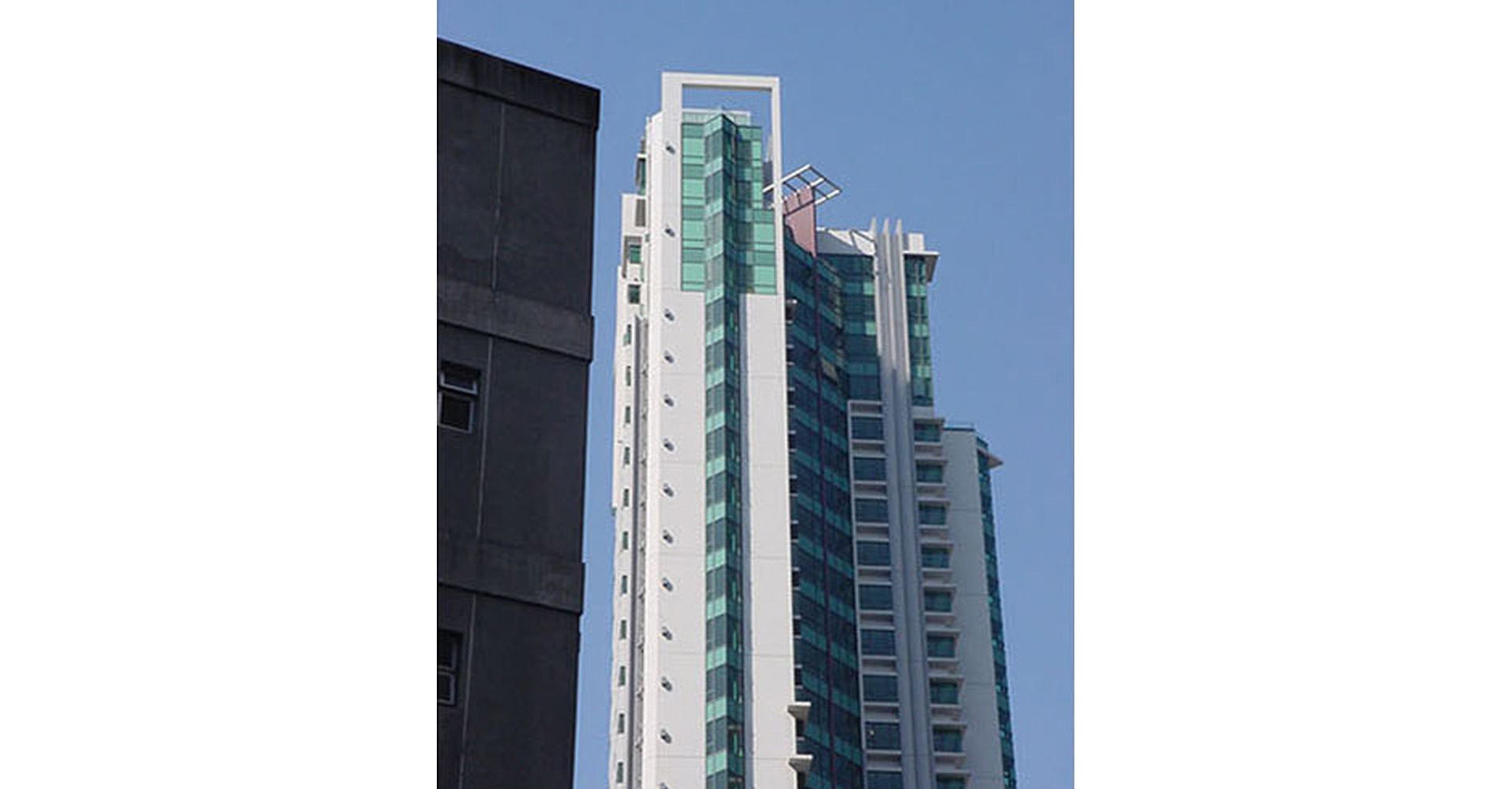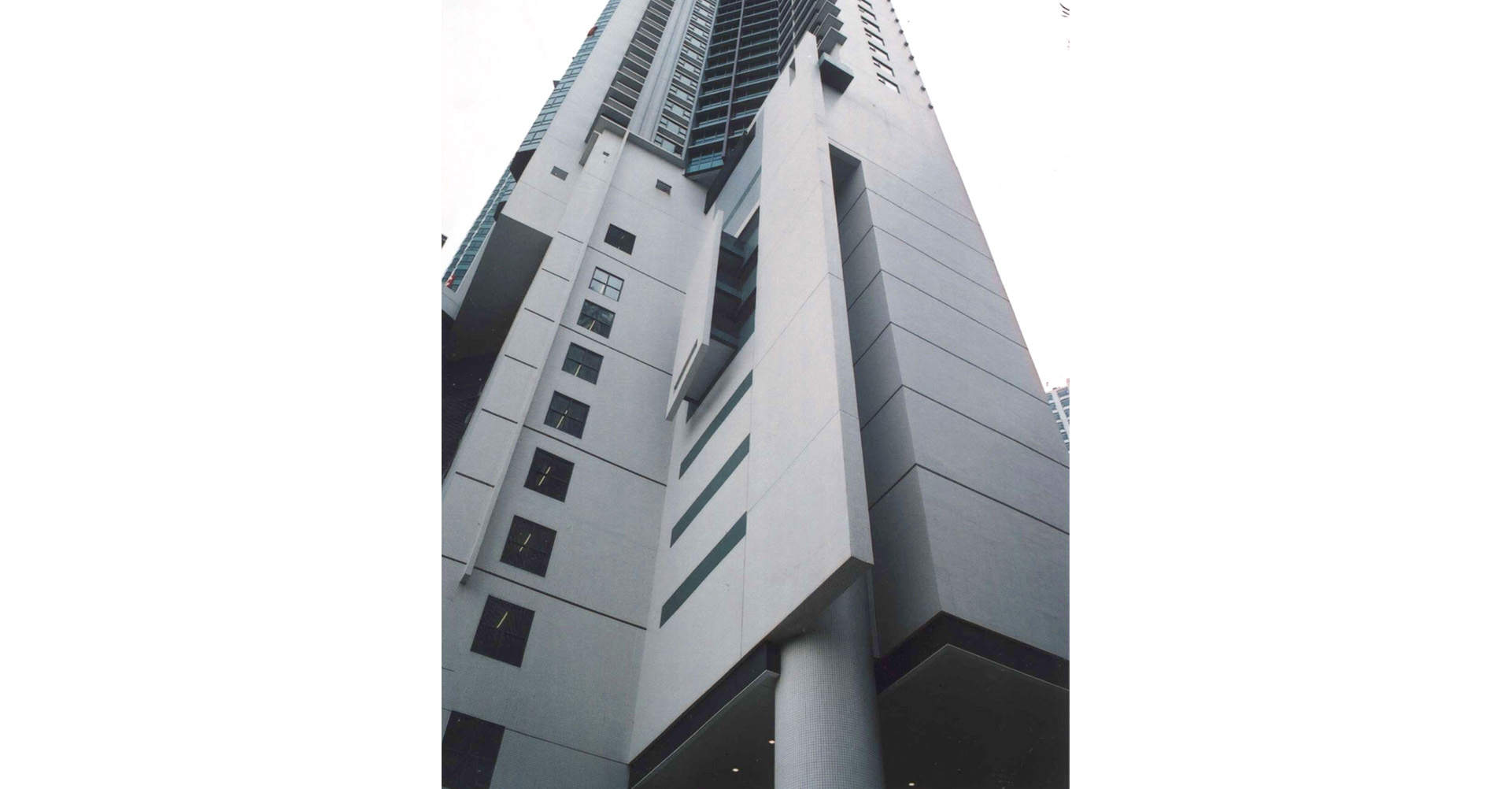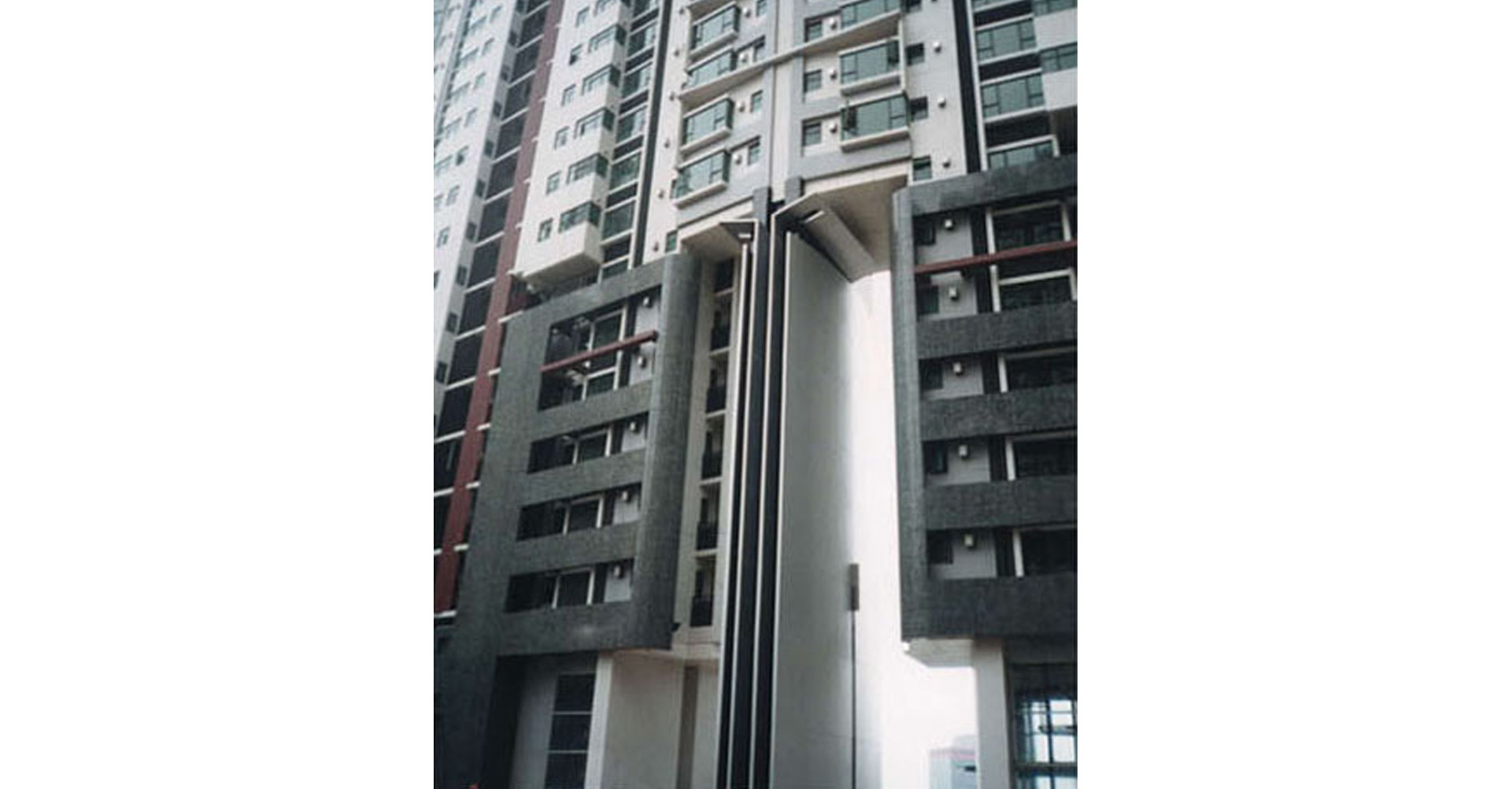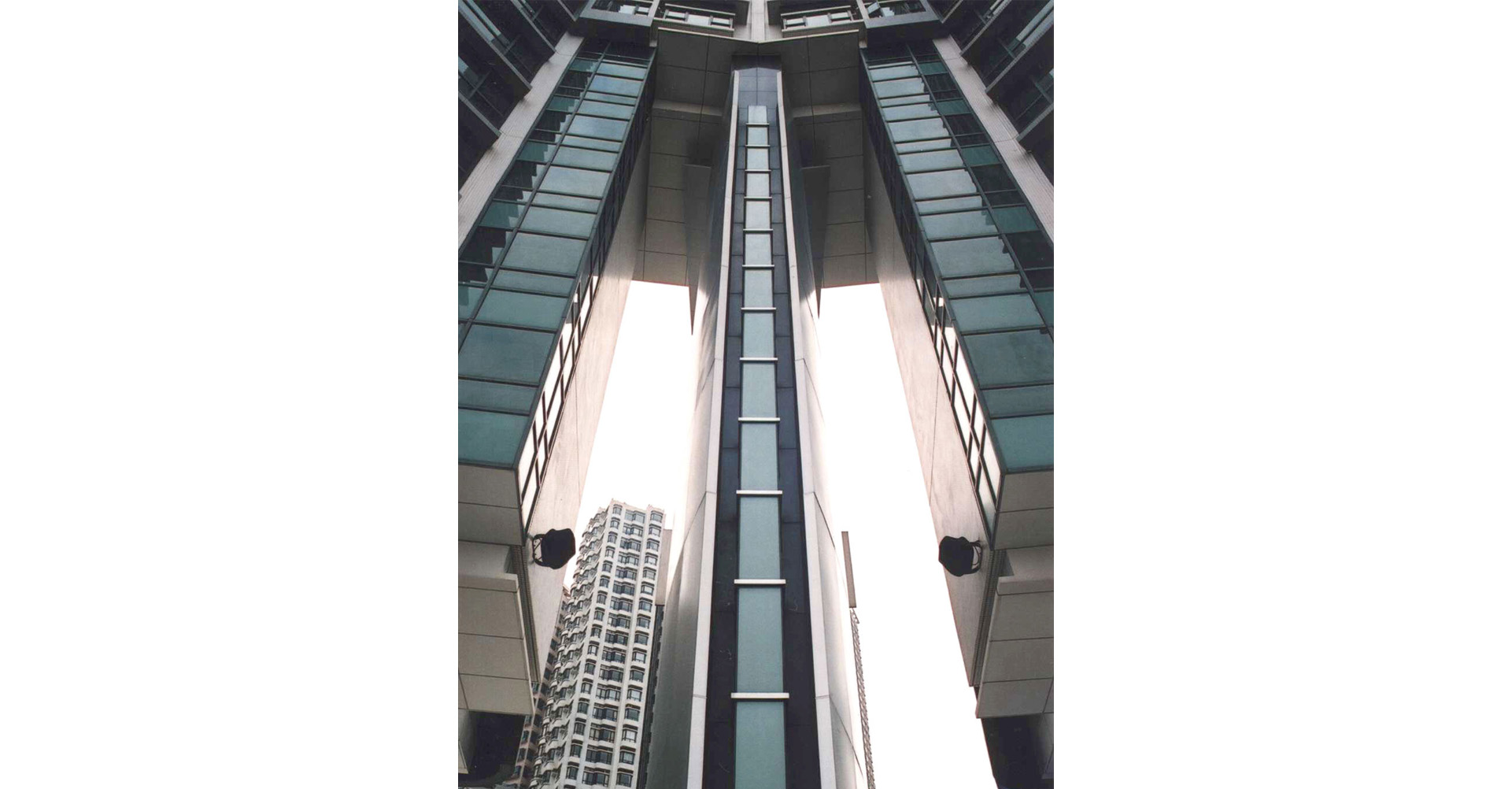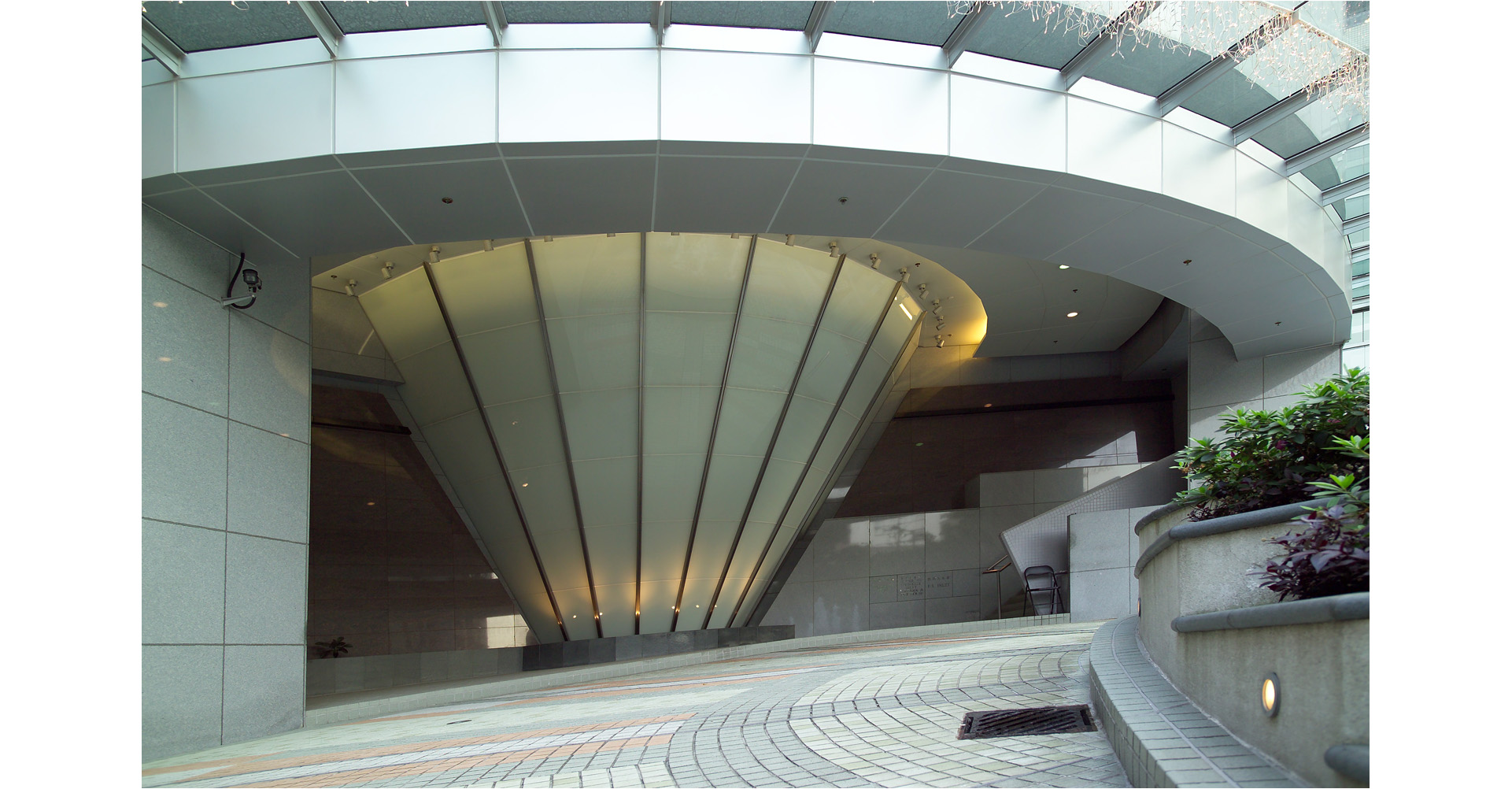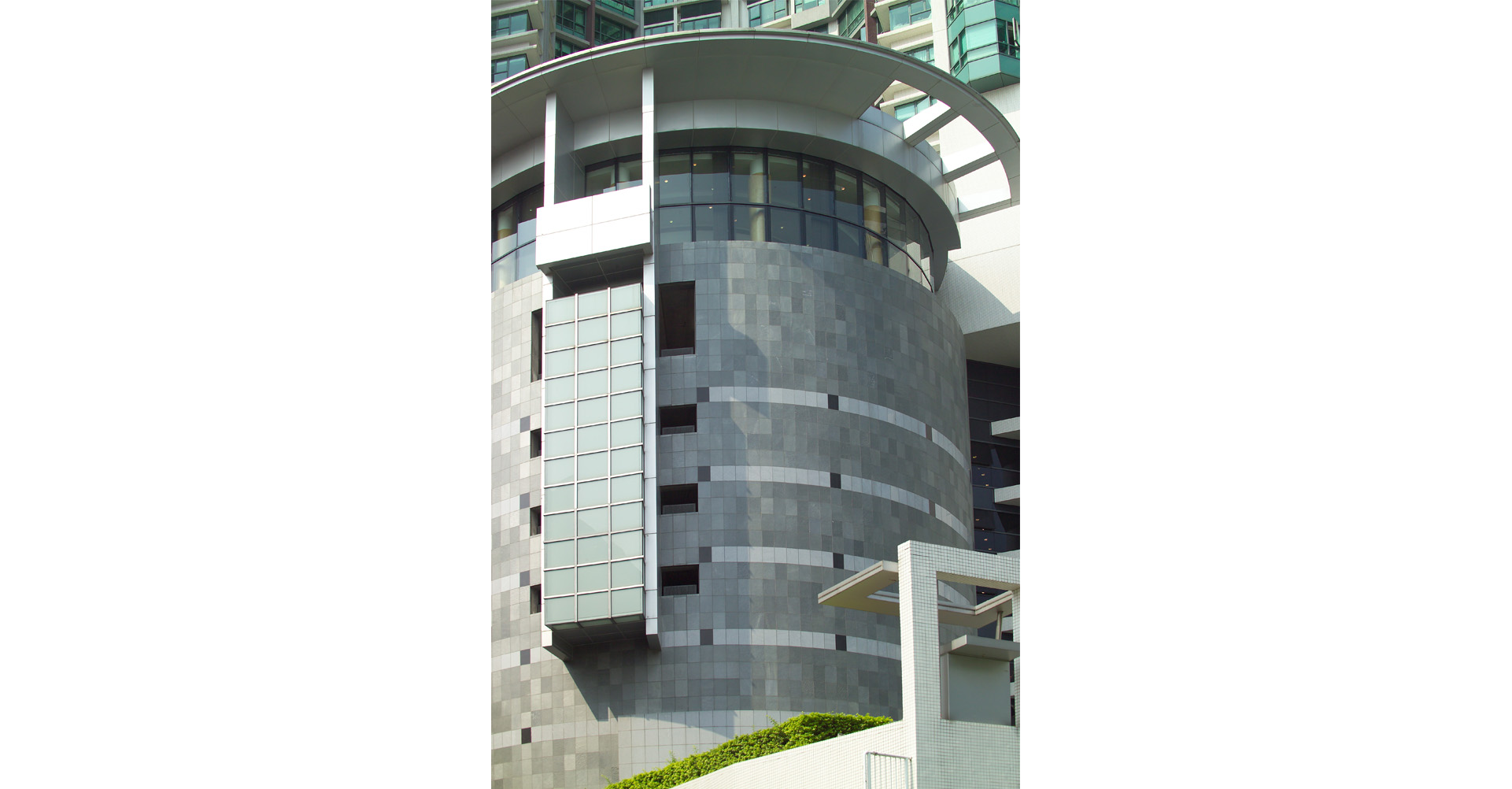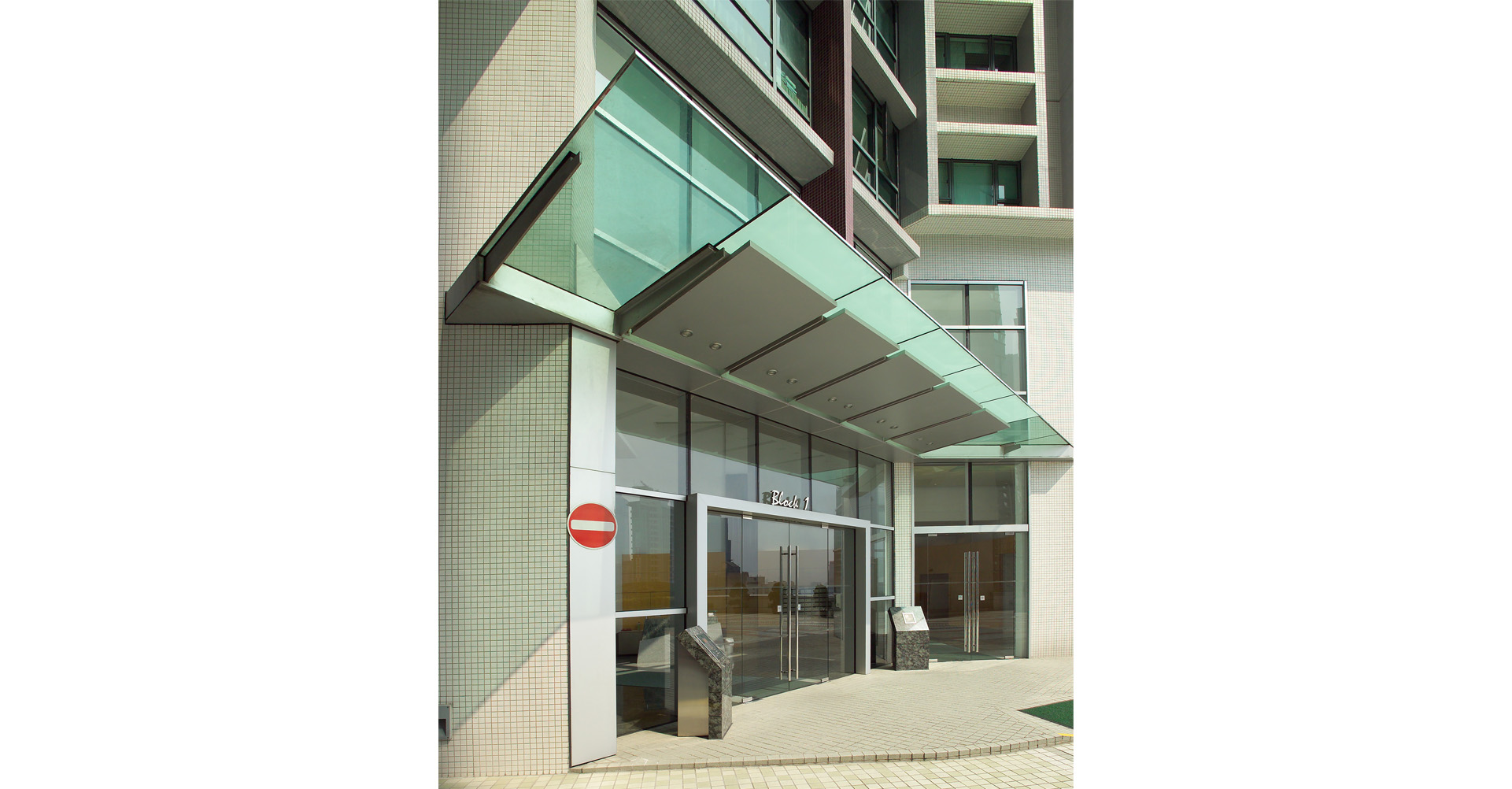80 Robinson Road ( 羅便臣道80號 )
Client :
Nan Fung Development Ltd.
Location :
78-80 Robinson Road/10 Bonham Road, IL 590 sG & RP, HK.
A challenging site, 80 Robinson Road is closely braced with irregular roads and hemmed with a historic church and school. On a steep slope sandwiched between Bonham and Robinson Road (approximately 40 meters for height dfference), it is also has a strict building height restriction. Consequently, MLA felt that there was little choice but to cover the entire site with the new building in order to attain maximum allowable GFA (at approximately 28,882 sq m.). As a result, masking the immensity of the building's mass became top priority. Directors at MLA did not want a building that was insensitive to the surrounding landscape and its old historic neighborhood.
Seeking Town Planning Board approval for the building was the first and most difficult hurdle for the MLA team, which wrangled on for over a year. Approval was finally granted by a master plan which preserved and incorporated the old London Mission building, as well as forming important urban axial relations. The new towers were orientated towards the waterfront, aligned along a north/south axis with the extensive old city grid, and set back from Robinson's Road. This move provided for a celebration of the approach into the new development, as well as establishing a comfortable distance away from the older historic buildings on Robinson. The axis visually reconnected Bonham and Robinson Road, as well as orienting the building frontally towards the city and harbor below.
Both Bonham and Robinson Road have their own vehicular accesses into the complex. The formal upper entrance along Robinson Road, sits on top a Rotunda which houses the club facilities and a circular parking ramp. It marks the edge of the podium and helps anchor the building. Apart from forming a dialogue of scale and form with Hop Yat Church below, it also delineates the setback forecourt for the lower entrance, and along with the new caisson walls, guides pedestrian circulations into the property.
With little room for architectural explorations into new solutions and ideas, much of Hong Kong's private residential developments seek only to fulfill mundane functional requirements. Often we end up with uninspiring designs, with similar layouts only varying in size and excesses of decorative motifs to reflect market demand and expectations. MLA realizing the potential impact of a mundane response in such a historic neighborhood, sought to break free from such conventions, in search for a more responsive and sensitive solution.
An understanding client, facilitated opportunity for MLA to render the façade to reflect functional elements like fire-escape stairs, car ramps, retaining walls, lobbies, screen walls…etc as elements of design interest. Utilitarianism is usually favored for rears of most single aspect designs, favoring rampant running of pipes and ad hoc installation of A.C platforms. However, the rear façade design in this case masked the fact that the building is a single aspect tower. Although the front and rear inescapably reflects 'occupancy' and 'non-occupancy', they are both treated with an overall consistency and intensity. Transparency is emphasized on the front where 'occupancy' occurs, while opaqueness is used on the rear for 'non-occupancy'. Both sides of the façade emphasize verticality, with one side using curtain glass wall, while the other using a continuous vertical perforated metal panels to mask the utilities.
The neighboring Hop Yat Church, Ying Wah Girl's School, Nethersole Hospital and London Mission epitomize the historicism of the mid-levels. MLA faced the challenge many other architects face frequently, to find a balance between satisfying commercial expectations and working out a legitimate architectural response. In this case, the goal was to insert a large 'commercial' development into a historical site. The response required sensitivity, persistence and understanding. The end product stepped on a 'fine line' between the two extremities, a response which tried to answer the age old question; Can new developments and old cultural and historic landmark buildings find harmony? Perhaps with enough thought, this can be achieved.
ng and interesting.

